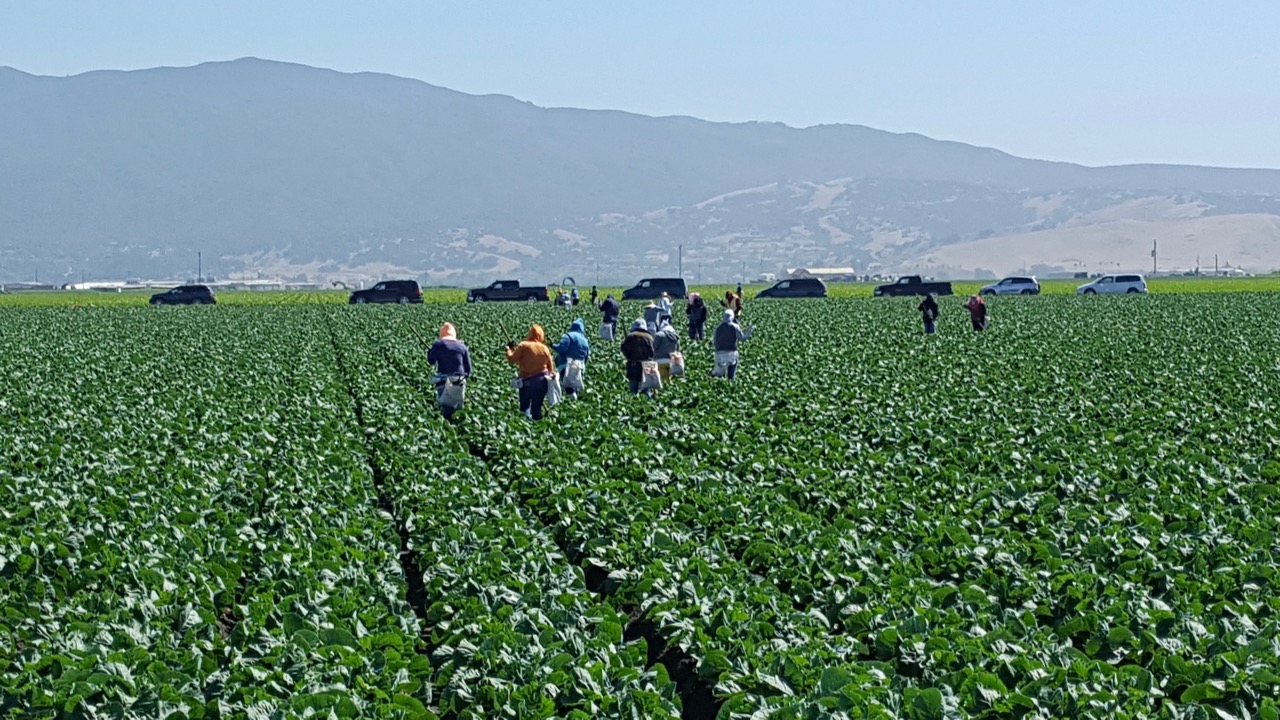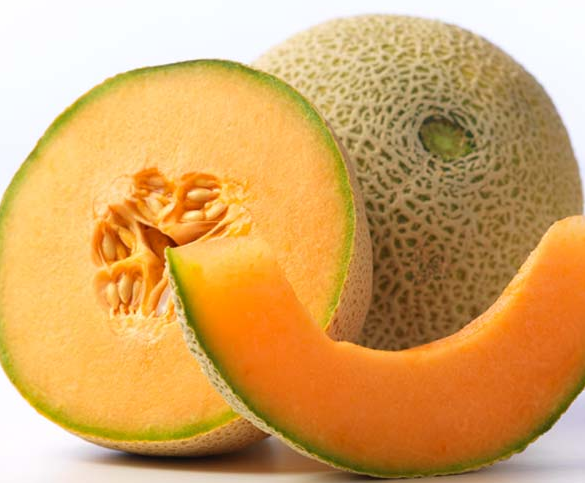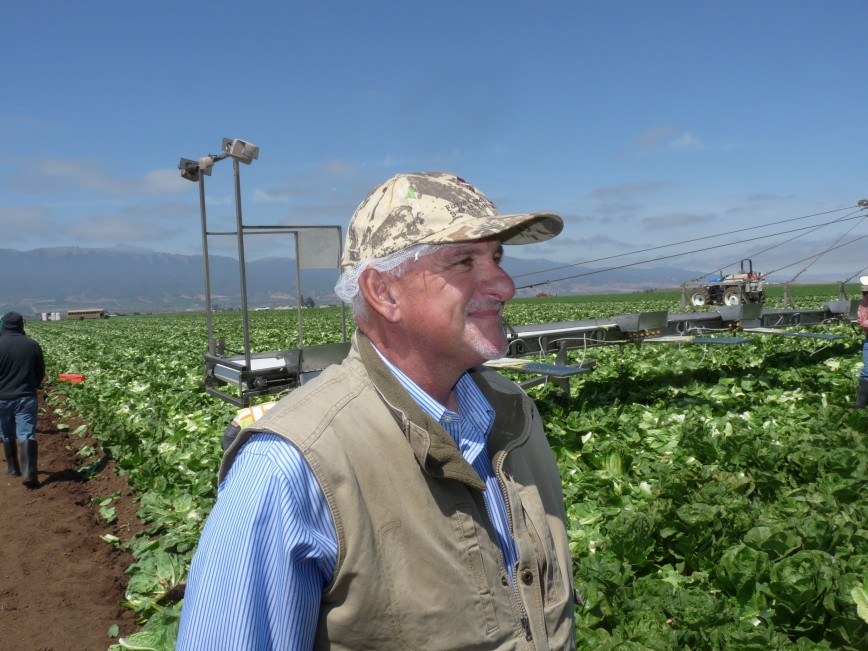Maintaining Food Safety – LGMA Part 3
Understanding the Farming Operation
By Jessica Theisman, Associate Editor
California Ag Today met recently with Jon Kimble, and among other topics, he reported on food safety in the state of California. Kimble is the operations business development manager at Safe Food Alliance.
Safety is a big concern for those who work in the agricultural community. Kimble spoke on how it is important that farmers assess those on their property.
“If you see somebody getting out, and getting into your fields, certainly you want to talk to them and make sure they are not going to impact the safety of your products, because that is your financial future.”
Operations such as U-Pick, people out in the fields, or people part of an activity raise concern. Risks may be managed in terms of providing hand washing, communication, putting up signs, and making sure they understand that they can impact the safety of others when they’re out in the field.
“It really comes down to just practical due diligence, activities, recommendations that come right out of the good agriculture practices that has been developed over the past few decades,” Kimble said.
Kimble also spoke to California Ag Today about the Leafy Green Marketing Agreement (LGMA). This puts standards and measures in place to protect the safety of the crops.
“That is a great example of voluntary activity rising up from within the industry to control risks and control hazards,” he said.
The industry has established the best practices, which have led to a world class food safety program through the LGMA.
“The first compliance dates are coming up in January, and I think a lot of growers do not realize how soon their compliance dates are hitting,” Kimble said.









 Valley Harvesting & Packing is a subsidiary of t
Valley Harvesting & Packing is a subsidiary of t
















